I'm looking for a way to programmatically create stars, sunburst, and other "spiky" effects using UIBezierPath.

UIBezierPath *sunbeamsPath = [UIBezierPath bezierPath];
[sunbeamsPath moveToPoint: CGPointMake(x, y)];
Are there any algorithms that can generate points for sunburst like shapes programmatically, without paths overlapping?
I'm also interested in an irregular shape sunburst like the one below:

I would imagine that such algorithm would take a certain number of rays, then roughly divide the circle in a number of segments and generate points for such segment in a clockwise direction. Does an algorithm like the one I'm describing already exists or will I have to write one by myself?
Thank you!

